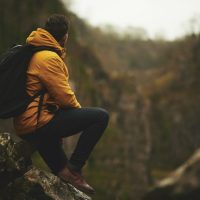
Climbing Kilimanjaro is a demanding adventure that requires more than just physical fitness. Although it’s a non-technical trek, the challenges posed by altitude and prolonged hiking make proper training essential for a successful and enjoyable climb. Here’s a guide to help you prepare effectively.

Key Training Considerations
Understanding the Challenge
Training Components
Endurance & Cardiovascular Fitness
Goals:
How to Train:
Training Tips
On the Mountain
Final Thoughts
Training for Kilimanjaro involves a mix of physical conditioning, mental preparation, and acclimatization. While you don’t need to be a top athlete, being in good shape will make your climb more comfortable and enjoyable. If you’re unsure about your training program or have health concerns, consult with a personal trainer or healthcare professional.
For more information or to book your adventure, feel free to contact us. Ready to take on Kilimanjaro? Let’s make it happen!
We use international standard equipment, and our guides are trained in first aid and equipped with personal protection gear.
Once a tour is booked, it is guaranteed to operate, even if there is only one client for the entire trip.
Our guides are trained to attend to each client's needs and adjust the program to ensure a personalized experience.

©2024 Kilimanjaro Raven Trek and Safari, All rights reserved.
Developed by Pro ICT Tanzania